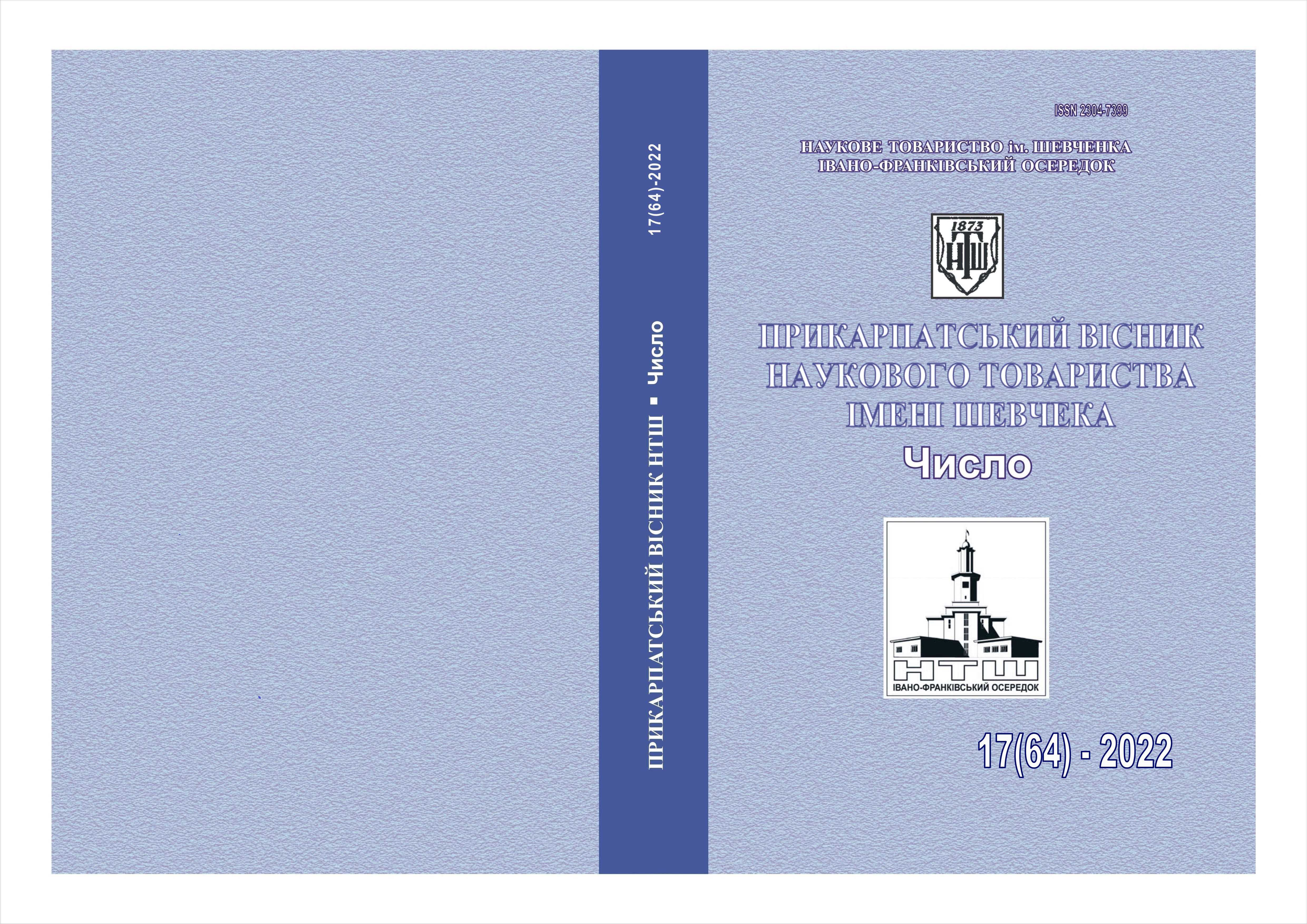OPTIMIZATION OF OPERATING CONDITIONS FOR GAS AND GAS CONDENSATE WELLS AT THE FINAL STAGE OF DEVELOPMENT
DOI:
https://doi.org/10.31471/2304-7399-2022-17(64)-142-156Keywords:
digital modeling, field, final stage, well, exploitation, fluid accumulation, critical velocity, tubing optimization.Abstract
A special period in the development of oil and gas fields is the final stage, which is usually accompanied by various complications and significant capital investments and requires the introduction of new technologies and methods of production. The complexity of residual hydrocarbon reserves is associated with low reservoir pressures, accumulation of fluid at the bottom of wells, the formation of sand plugs, breaks in tubing, corrosion of surface and underground equipment. In this regard, the existing well stock is operated periodically, which negatively affects the performance of hydrocarbon production. This article analyzes the main methods of intensifying the operation of gas and gas condensate wells, which are used in the gas industry to remove liquid from the bottom of wells and allow hydrocarbon production with minimal losses. Using Schlumberger's PipeSim software, a nodal analysis was performed for a specific production well. Based on the results of the studies, it was found that the operation of the well is unstable with a constant accumulation of fluid at the bottomhole. To optimize the operating conditions of a borehole, a study was made of the effectiveness of deepening the tubing string. According to the results of the calculations, taking into account the clearance of the tubing to the middle of the perforation interval, it was established that the liquid is removed. Liquid loading velocity ratio LLVR<1, gas velocity increases from 1.030 m/s for the base case to 6.896 m/s for the case with tubing deepening. In this case, Liquid loading velocity ratio decreases from 1.984 to 0.303, respectively. Thus, by increasing the depth of the descent of the tubing string, the removal of all liquid from the bottomhole is ensured and stable operation of the production well is achieved over a long period of field development. The practical implementation of optimization systems for the development of gas and gas condensate fields in the broadest sense of the problem will significantly intensify the process of gas and condensate production and reach the level of solving the problem.
References
Matkivskyi S., Kondrat O. 2021. Studying the influence of the carbon dioxide injection period duration on the gas recovery factor during the gas condensate fields development under water drive. Mining of Mineral Deposits. Volume 15. Issue 2. Pp. 95-101. https://doi.org/10.33271/mining15.02.095
Matkivskyi S., Kondrat O. 2021. The influence of nitrogen injection duration at the initial gas-water contact on the gas recovery factor. Eastern-European Journal of Enterprise Technologies. №1(6(109), Pp. 77–84. https://doi.org/10.15587/1729-4061.2021.224244
Kondrat O., Matkivskyi S. 2020. Research of the influence of the pattern arrangement of injection wells on the gas recovery factor when injecting carbon dioxide into reservoir. Technology and system of power supply. №5/1 (55). Рр.12-17. https://doi.org/10.15587/2706-5448.2020.215074
Matkivskyi S., Burachok O. (2022). Impact of Reservoir Heterogeneity on the Control of Water Encroachment into Gas-Condensate Reservoirs during CO2 Injection. Management Systems in Production Engineering. Vol. 30. Issue 1. Pp 62-68. https://doi.org/10.2478/mspe-2022-0008
Matkivskyi S. (2022). Increasing hydrocarbon recovery of Hadiach field by means of CO2 injection as a part of the decarbonization process of the energy sector in Ukraine. Mining of Mineral Deposits. Volume 16. Issue 1. Pp 114-120. https://doi.org/10.33271/mining16.01.114
Матківський С.В. (2020). Узагальнення основних досліджень з підвищення вуглеводневилучення газоконденсатних родовищ при водонапірному режимі. Розвідка та розробка нафтових і газових родовищ. №.3(76). C. 7-22. https://doi.org/10.31471/1993-9973-2020-3(76)-7-22
Matkivskyi S. 2021. Effects of the rate of natural gas production on the recovery factor during carbon dioxide injection at the initial gaswater contact. Technology and system of power supply. №1/3 (57). Рр. 6-11. https://doi.org/10.15587/2706-5448.2021.225603
Matkivskyi S., Kondrat O., Burachok O. 2020. Investigation of the influence of the carbon dioxide (CO2) injection rate on the activity of the water pressure system during gas condensate fields development. Global Trends, Challenges and Horizons. November. Dnipro. Ukraine. P. 1-10. https://doi.org/10.1051/e3sconf/202123001011
Matkivskyi S., Khaidarova L. Increasing the Productivity of Gas Wells in Conditions of High Water Factors Paper presented at the SPE Eastern Europe Subsurface Conference, November 23–24, 2021. Pp. 1 – 16.
Burachok O., Kondrat O., Matkivskyi S. (2020). Investigation of the efficiency of gas condensate reservoirs waterflooding at different stages of development. Global Trends, Challenges and Horizons. Dnipro. Ukraine. P. 1-11. https://doi.org/10.1051/e3sconf/202123001010
Матківський С.В. (2020). Дослідження впливу тривалості сайклінг-процесу на коефіцієнт конденсатовилучення виснажених газоконденсатних родовищ. Мінеральні ресурси України. 2022. №.1. С.29-33. https://doi.org/10.31996/mru.2022.1.29-33
Ли. Дж., Г. Никенс, М. Уэллс. 2008. Эксплуатация обводняющихся газовых скважин: пер. с англ. М.: ООО «Премиум Инжиниринг». 384 с.
Довiдник з нaфтогaзової спpaви / Зa зaг. pед. доктоpiв технiчних нaук В.С. Бойкa, P.М. Кондpaтa, P.С. Яpемiйчукa. - К.: Львiв, 1996. С.620.
S.V. Matkivskyi, L.I. Khaidarova. Investigation of the influence of the operation parameters of electric center pumps on the productivity of watered gas wells. Mineral resources of Ukraine. 2021. №4. Pp. 30–35.
Заикин К.М. 2012. Технология эксплуатации обводненных газоконденсатных скважин Оренбургского НГКМ и рекомендации по устранению последствий обводнения. Газовая промышленность. №4. С. 35-39.
Дж.Ф.Ли и др. Жидкостная загрузка газовых скважин, технический журнал РОГТЕХ, 46-й выпуск.
SPE-77649. Pigott M.J. et al. Wellbore heating to prevent liquid loading, 2002.
SPE-171768-PA. Nodal Analysis for Unconventional Reservoirs—Principles and Application. Wentao Zhou, Raj Banerjee, Eduardo Proano. SPE J. 21 (01): 245–255. 18 February 2016. https://doi.org/10.2118/171768-PA
SPE-174521-MS. Nodal Analysis for SAGD Production Wells with Gas Lift. Grant J. Duncan, Scott A. Young, Phillip E. Moseley. SPE Canada Heavy Oil Technical Conference, June 9–11, 2015. https://doi.org/10.2118/174521-MS
SPE-130632. Poppengagen K.L. Deliquification of South Texas gas wells using corrosion resistant coiled tubing: a six years case history, 2010.
SPE-24791-MS. Dynamic Production System Nodal Analysis Stoisits, R.F., ARCO Alaska Inc. Conference Paper. 1992
SPE-52170-MS. Gas Well Production Optimization Using Dynamic Nodal Analysis Bitsindou, A.B., The University of Tulsa Kelkar, M.G., SPE Mid-Continent Operations Symposium, March 28–31, 1999. https://doi.org/10.2118/52170-MS
SPE-178282-MS. Determination of Pressure Drop in a Natural Folwing Gas Well using Nodal Analysis. J. A. Dala, O. O. Agbaka, O. A. Olafuyi, E. S. Adewole. SPE Nigeria Annual International Conference and Exhibition, August 4–6, 2015. https://doi.org/10.2118/178282-MS


